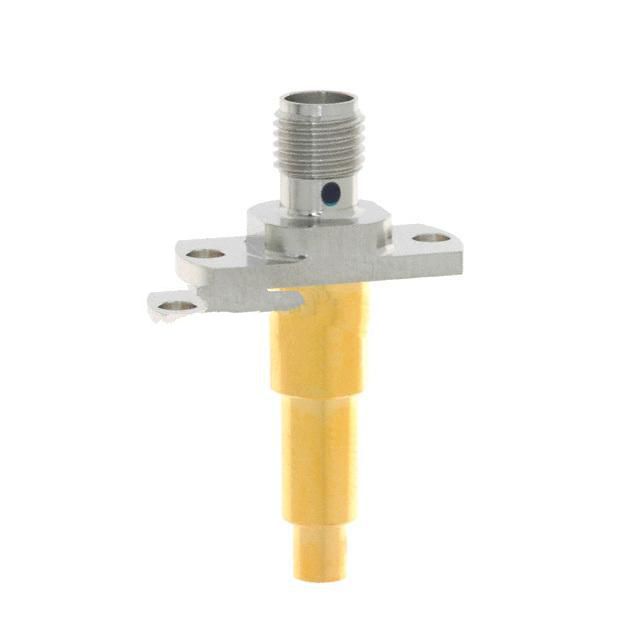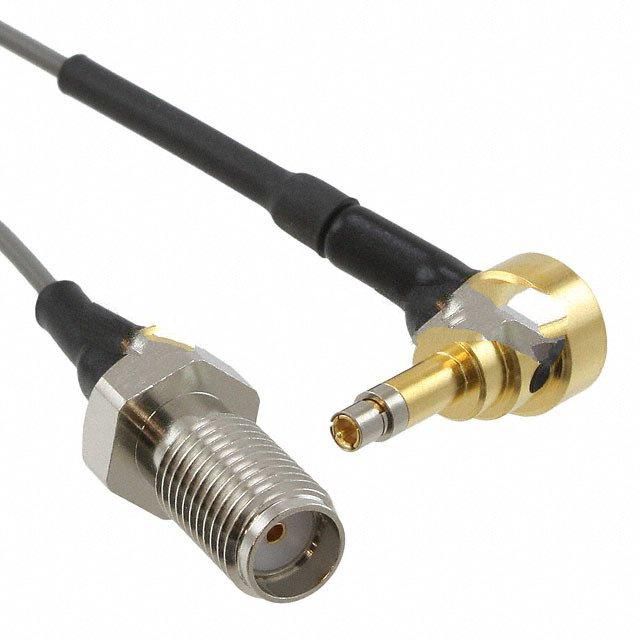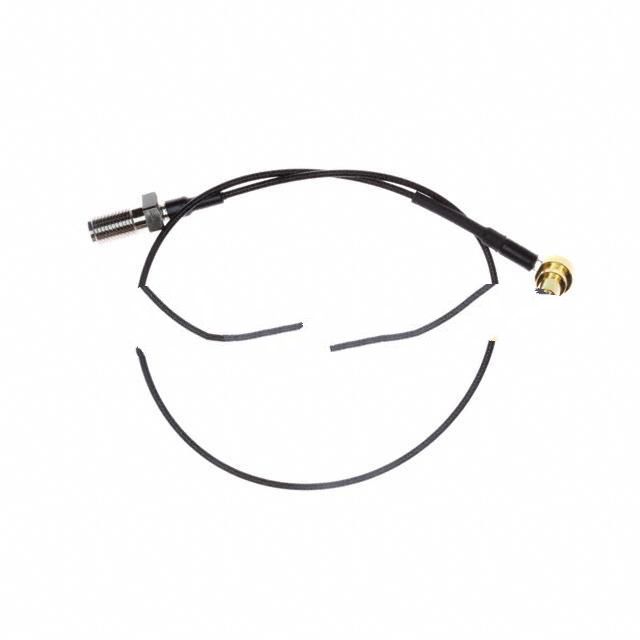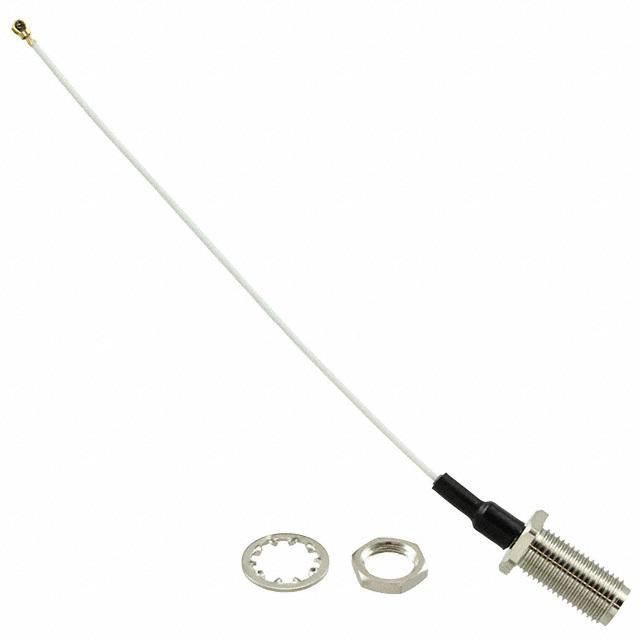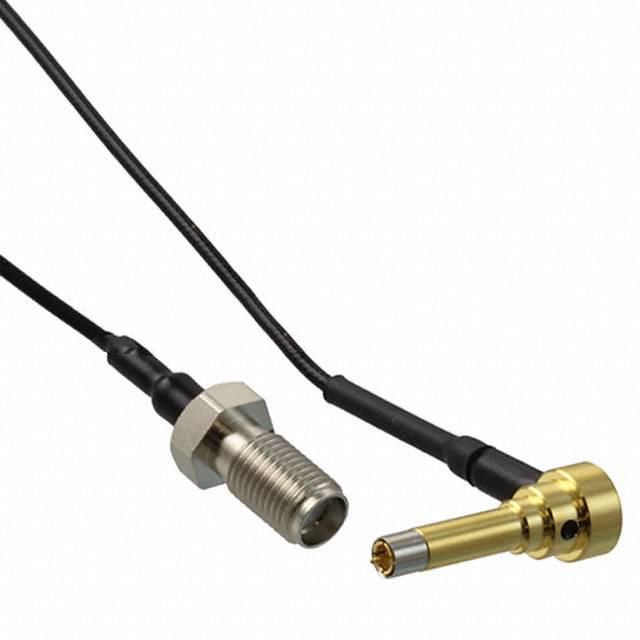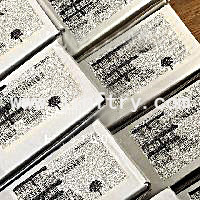The structure, principle, characteristics and future development trends of permanent magnet brushless motors
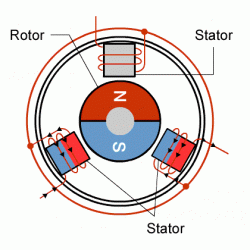
The structure, principle, characteristics and future development trends of permanent magnet brushless motors
The permanent magnet brushless motor is a motor that uses permanent magnet materials as excitation. It has the advantages of simple structure, high efficiency, high power density, no noise and long life, and is widely used in modern industry. This article will mainly introduce the structure, working principle and characteristics of permanent magnet brushless motors.
1. Structure of permanent magnet brushless motor
The structure of a permanent magnet brushless motor mainly consists of a rotor, a stator and a motor controller.
Rotor: The rotor is the rotating part of the motor and consists of a set of iron cores and permanent magnet materials. The iron core of the rotor is usually made of silicon steel sheets to reduce core losses and electromagnetic eddy current losses. At the same time, a set of powerful permanent magnets are installed on the rotor, usually using rare earth permanent magnet materials such as neodymium iron boron.
Stator: The stator is the stationary part of the motor and consists of a set of windings and an iron core. The stator windings are wound from current wires, usually highly conductive copper wires, insulated by insulating materials. The shape and structure of the stator core are mainly designed according to different application requirements to provide sufficient magnetic circuit and mechanical support.
Motor controller: The motor controller is the core part of the permanent magnet brushless motor and is used to control the start and stop, speed and steering of the motor. Motor controllers generally consist of power switching devices, drive circuits and control logic circuits. Power switching devices usually use high-frequency switching devices such as IGBT (Insulated Gate Bipolar Transistor) or MOSFET (Metal Oxide Semiconductor Field Effect Transistor). The drive circuit is used to control and drive the power switching device, and the control logic circuit is used to implement the motor. Overall control.
2. Working principle of permanent magnet brushless motor
The working principle of permanent magnet brushless motors is based on the interrelationship of electromagnetic induction and the magnetic field generated by electric current.
When an external power source inputs current into the stator windings, the magnetic field generated by the stator windings interacts with the magnetic field of the permanent magnets on the rotor. According to Lorentz's force law, when a magnetic field and an electric current interact under certain conditions, forces and torques will be generated. The direction and size of the magnetic field are adjusted by controlling the direction and size of the current in the motor controller.
When the current interacts with the magnetic field of the permanent magnet, a torque is generated in the rotor, causing the rotor to start spinning. To keep the rotor spinning, the motor controller needs to periodically change the direction of the current in the stator windings to apply torque to different parts of the rotor.
The motor controller detects the rotor position to determine when to change the direction of the stator winding current. A common method is to use Hall sensors to control changes in the direction of the current by detecting the position of permanent magnets on the rotor. When the rotor rotates to a certain angle, the motor controller will change the direction of the current in the stator winding and continue to provide torque to maintain the rotation of the rotor.
3. Characteristics of permanent magnet brushless motors
Permanent magnet brushless motors have many excellent characteristics that make them the first choice for many applications.
High efficiency: Since the permanent magnet brushless motor has no friction parts such as brushes and commutators, the energy conversion efficiency of the motor is very high. Under normal circumstances, its efficiency can reach more than 90%, so it can better meet energy efficiency requirements.
High power density: The permanent magnet brushless motor uses high-energy-density permanent magnet materials as excitation, making the motor's power density relatively high. This makes the permanent magnet brushless motor smaller in size and weight, making it suitable for some applications with high space constraints.
Long life: Since the permanent magnet brushless motor has no brushes and commutator, there is no friction and wear problems and the life is relatively long. At the same time, the use of high-quality permanent magnet materials and optimized design enable the motor to operate under harsh working conditions, with high reliability and durability.
Noiseless: Since the permanent magnet brushless motor has no friction sound from the brushes and commutator, the working process is very quiet. This makes permanent magnet brushless motors the first choice for some noise-sensitive applications, such as medical equipment and home appliances.
Good speed regulation performance: The motor controller of the permanent magnet brushless motor can achieve precise control of the motor speed by changing the direction and magnitude of the stator winding current. This allows the motor to have good speed regulation performance to adapt to the requirements of different loads and operating conditions.
To sum up, the permanent magnet brushless motor has outstanding advantages such as simple structure, high efficiency, high power density, no noise and long life. With the continuous advancement and innovation of technology, the application prospects of permanent magnet brushless motors in various fields will be broader.
Electric motors are power delivery machines
When engineers are faced with the challenge of designing electrical devices to perform mechanical tasks, they may consider how electrical signals are converted into energy. Therefore, actuators and motors are among the devices that convert electrical signals into motion. Motors convert electrical energy into mechanical energy.
The simplest motor type is the brushed DC motor. In this type of motor, electric current passes through a coil of wire arranged within a fixed magnetic field. The current creates a magnetic field in the coils; this causes the coil assembly to rotate as each coil is pushed away from the same pole of the fixed magnetic field and pulled toward opposite poles. In order to keep spinning, it is necessary to constantly reverse the current so that the coil polarity keeps flipping, causing the coil to continue "chasing" different fixed magnetic poles. Power to the coil is provided by stationary conductive brushes in contact with a rotating commutator; rotation of the commutator causes the current through the coil to reverse. Commutator and brushes are the key components that distinguish brushed DC motors from other types of motors. Figure 1 illustrates the general principles of a brushed motor.

Operation of brushed DC motors.
Fixed brushes provide electrical energy to the rotating commutator. As the commutator rotates, it continuously flips the direction of the current entering the coil, reversing the polarity of the coil so that the coil keeps rotating to the right. The commutator rotates because it is connected to the rotor on which the coils are mounted. Operation of brushed DC motors.
Fixed brushes provide electrical energy to the rotating commutator. As the commutator rotates, it continuously flips the direction of the current entering the coil, reversing the polarity of the coil so that the coil keeps rotating to the right. The commutator rotates because it is connected to the rotor on which the coils are mounted.
Why do BLDC motors turn?
As the name suggests, brushless DC motors do not use brushes. In brushed motors, the brushes carry current through the commutator and into the coils on the rotor. So how does a brushless motor deliver current to the rotor coil? This is not the case as the coil is not located on the rotor. In contrast, the rotor is a permanent magnet; the coils do not rotate but are fixed to the stator. Since the coil does not move, brushes and commutator are not needed.
With brushed motors, rotation is achieved by controlling the magnetic field generated by coils on the rotor, while the magnetic field generated by fixed magnets remains fixed. To change the speed of rotation, you change the voltage of the coil. In the case of a BLDC motor, it is the permanent magnets that rotate; rotation is achieved by changing the direction of the magnetic field generated by the surrounding stationary coils. To control the rotation, you adjust the magnitude and direction of the current flowing into these coils.

Advantages of BLDC motors
A BLDC motor with three coils on the stator will have six wires extending from those coils (two per coil). In most implementations, three of these wires will be connected internally, with the remaining three extending from the motor body (as opposed to the previously described two wires extending from the brushed motor). The wiring inside a BLDC motor's case is more complex than simply connecting the positive and negative terminals of the power battery; we'll take a closer look at how these motors work in part two of this series. Below, we summarize the advantages of BLDC motors.
A big advantage is efficiency, since these motors can continuously control the maximum rotational force (torque). In contrast, brushed motors only reach maximum torque at certain points of rotation. In order for a brushed motor to provide the same torque as a brushless motor, larger magnets need to be used. This is why even small BLDC motors can deliver considerable power.
The second biggest advantage, related to the first, is controllability. A BLDC motor can be controlled using a feedback mechanism to deliver exactly the required torque and speed. Precise control in turn reduces energy consumption and heat production, and extends battery life if the motor is battery powered.
Since there are no brushes, BLDC motors also offer high durability and low electrical noise. With brushed motors, the brushes and commutator wear out from continuous moving contact and can also create sparks at the contact. Electrical noise is especially the result of strong sparks in the area where the brushes pass through the commutator gap. This is why BLDC motors are often considered preferable in applications where electrical noise needs to be avoided.
Wider use in the future
We expect that BLDC motors will be more widely used in the future. For example, they may be widely used to drive service robots - small robots that provide services in areas other than manufacturing. One might think that stepper motors are better suited for this type of application, where pulses can be used to precisely control positioning. But BLDC motors are better for controlling force. For stepper motors, maintaining the position of a structure such as a robot arm requires a relatively large and continuous current. With a BLDC motor, all that is required is a current proportional to the external force, allowing for more energy-efficient control. BLDC motors may also potentially replace simple brushed DC motors in golf carts and mobile carts. In addition to higher efficiency, BLDC motors provide more precise control, further extending battery life.

